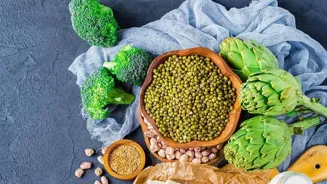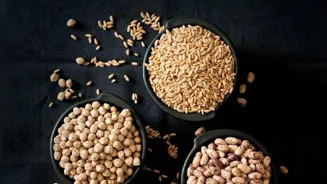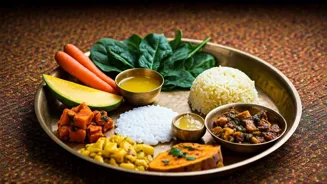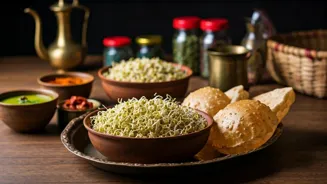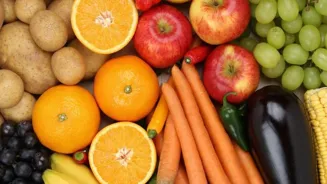Discover the Future of Food in India: Rise of Alternative Proteins. Explore sustainable, tasty, and innovative food options
India, a land known for its diverse culinary traditions, is on the cusp of a food
revolution. As the population grows and awareness about sustainable practices increases, alternative protein sources are steadily gaining traction.
These innovative food options offer a way to meet the rising demand for protein while minimizing the environmental impact associated with traditional agriculture.
From plant-based meats to cultivated protein, the landscape of food is changing in exciting ways, promising a more secure and sustainable future for generations to come.
The shift towards alternative proteins is not just a trend; it represents a fundamental change in how we think about food production and consumption.
Growing popularity of alternative proteins in India driven by environmental awareness, health concerns, and affordability
The increasing popularity of alternative proteins in India is driven by several factors. Firstly, there's a growing awareness of the environmental consequences of traditional agriculture, particularly its impact on land use, water consumption, and greenhouse gas emissions.
Consumers are looking for ways to reduce their carbon footprint, and choosing alternative proteins is one way to do so. Secondly, health concerns are also playing a role.
Many people are seeking protein sources that are lower in saturated fat and cholesterol, and plant-based options often fit the bill.
Further, affordability is becoming a major consideration, as innovative technologies bring the cost of alternative proteins down over time, making them accessible to a wider range of consumers.
This shift is also fuelled by innovation in the food tech industry and investment that encourages the development of high-quality, tasty and nutritious alternative proteins that compete with existing foods.
Plant-based meat alternatives mimic traditional meat; easy, protein-rich, innovative options emerge
Plant-based meat alternatives are perhaps the most well-known type of alternative protein. These products are designed to mimic the taste and texture of traditional meat using ingredients like soy, pea protein, mushrooms, and other plant-based components.
The advantage is that they are readily available, easy to incorporate into existing dietary habits, and often offer a good source of protein and fiber.
Several Indian companies have emerged in this space, offering a range of vegetarian-friendly options such as patties, sausages, and even "chicken" and "mutton" substitutes.
Another class of innovative options is cultivated protein, which is created by cultivating animal cells in a laboratory setting, theoretically resulting in the same protein, eliminating the need to raise and slaughter animals.
Edible insects offer high protein potential for Indian diet
Edible insects, while not as widely embraced in India as in some other parts of the world, are also emerging as a potential protein source. Insects are incredibly efficient at converting feed into protein, and they require significantly less land and water than traditional livestock.

Although consumer acceptance may be a challenge, education about the nutritional benefits and sustainability of insect-based foods could pave the way for their integration into the Indian diet.
Insects like crickets and mealworms can be processed into protein powders or used as ingredients in snacks and other food products. The protein content in insects is exceptionally high, and this allows many companies to leverage it for improved human nutrition.
Government support accelerates alternative protein growth
The Government plays a pivotal role in supporting the growth of this sector through policy initiatives, research funding, and consumer awareness campaigns.
Encouraging technological innovation and public-private partnerships can accelerate the development and commercialization of alternative protein sources. Creating stricter rules on the food products also protects the consumers.
Supporting research in indigenous plant-based protein sources and promoting their cultivation among farmers can also boost the local economy. Moreover, educating consumers about the benefits of alternative proteins, both for their health and for the environment, is crucial for driving adoption.
Challenges and potential of alternative proteins in India
As alternative protein sources become more prevalent in India, several challenges need to be addressed. Ensuring the affordability and accessibility of these products is crucial for widespread adoption.

Improving the taste and texture of plant-based options to better replicate traditional foods is also a priority. Addressing consumer concerns about the safety and nutritional value of these new food sources is also important.
However, with ongoing research, increasing investment, and growing consumer awareness, the future of alternative proteins in India looks promising. They have the potential to transform the food system, making it more sustainable, secure, and equitable for all.
Ultimately, the future of food in India, and around the world, will likely be a blend of traditional agriculture and innovative alternative protein sources.
AI Generated Content. Glance/InMobi shall have no liability for the content